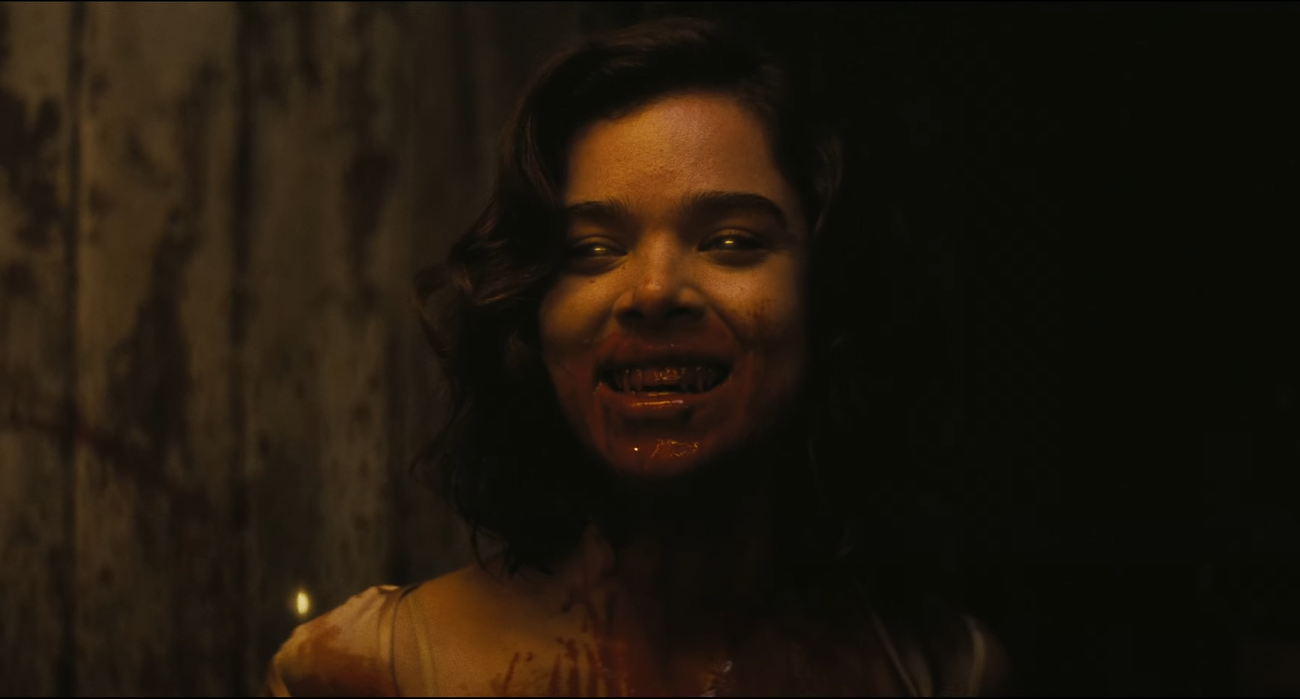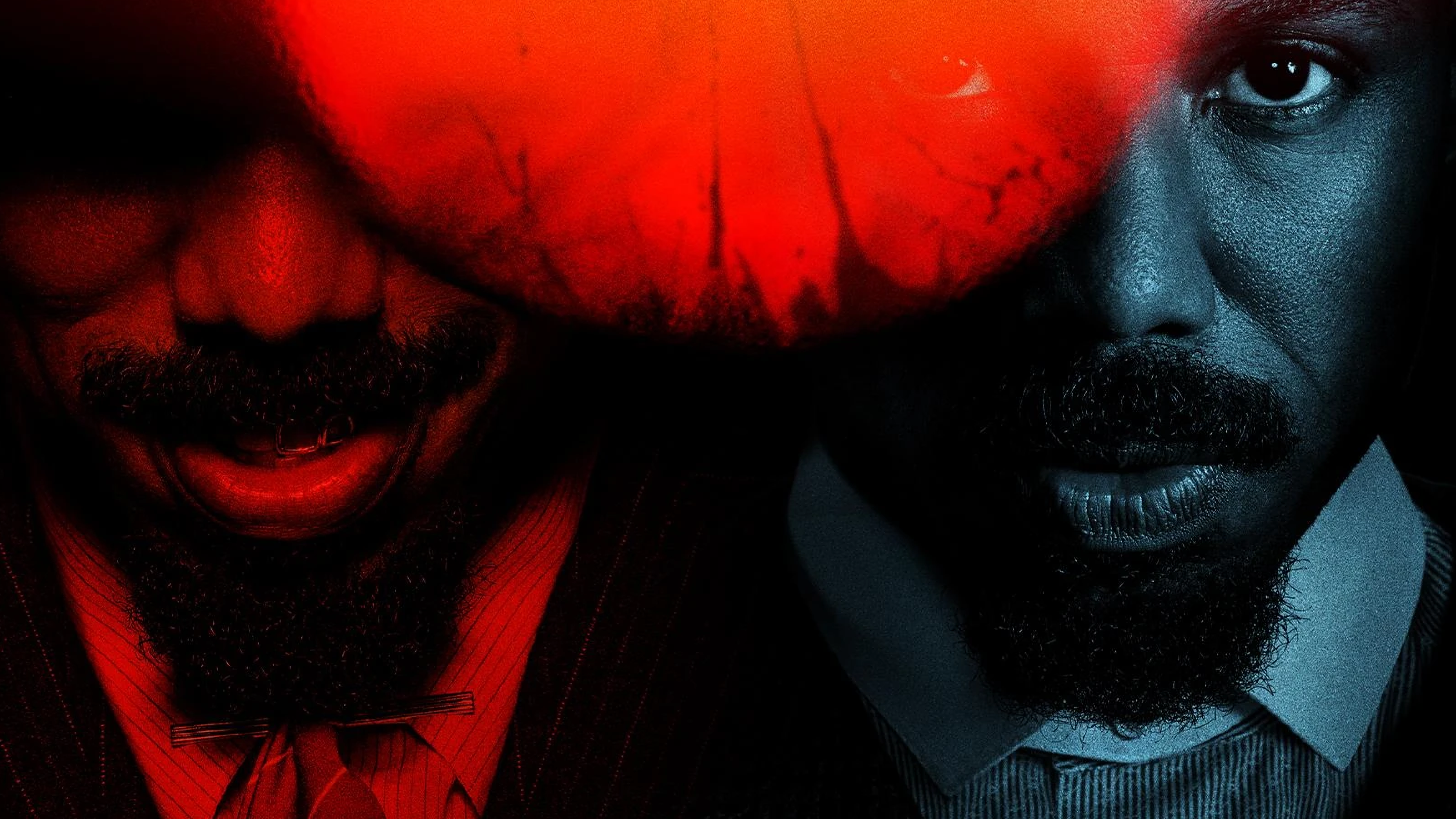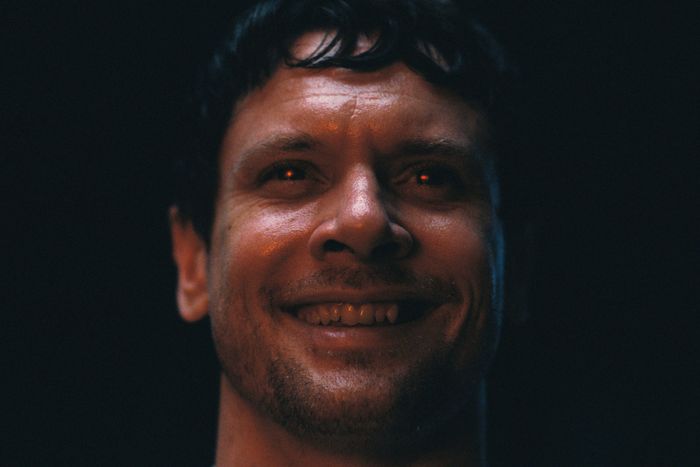Introduction: A New American Horror Story
Ryan Coogler’s Sinners is an extraordinary cinematic achievement, weaving a haunting tale of vampires and hoodoo horror set against the backdrop of the 1930s Jim Crow South. The film is a profound exploration of legacy, identity, and the spiritual power of music, finding beauty and depth in one of American history's most devastating periods. More than a simple genre piece, Sinners is a culturally rich narrative that conjures ancestral spirits through song while battling the forces of darkness. This in-depth analysis will explore the film's technical mastery, its layered themes, its rich historical context, and the many hidden details that make it a modern masterpiece.
The Soul of Sinners: Music, Myth, and Inspiration
The film's creative roots are deeply personal for director Ryan Coogler, who drew inspiration from his grandfather and his Uncle James, both from Mississippi. His uncle’s love for Delta Blues music became a powerful connection for Coogler after his passing, creating a link between music, memory, and the ancestral world that forms the thematic heart of the movie.
The narrative opens by honoring the power of oral tradition, referencing ancient storytellers like the Irish poets, the Cha-Cha Firekeepers, and the Griots of West Africa—practitioners who preserved their history and culture through poems, songs, and dance. This establishes a core idea: that music can transcend life, death, and time itself. The central conflict of Sinners is born from this concept, pitting the spiritual passion of gospel and the raw soul of the blues against each other, suggesting that truth can be found in both myth and faith.
The story is deeply influenced by the legend of Robert Johnson, the real-life "King of the Delta Blues Singers," who was rumored to have sold his soul to the devil at a crossroads in exchange for his musical talent. The film’s protagonist, Sammy, is a clear parallel to Johnson. However, the narrative also plays with this myth, suggesting that the "devil" Johnson met may have been Papa Legba, the guardian of the crossroads in Voodoo tradition, who offers wisdom, not damnation. This ambiguity is central to the film's message: everyone is a sinner, and judgment often stems from misunderstanding.
A Visual Masterpiece: Cinematography and Design
Visually, Sinners is a breathtaking experience. Coogler, along with cinematographer Autumn Durald-Arkapaw and production designer Hannah Beachler, creates a world steeped in vibrant, dark colors and rich textures. The film was shot using a rare combination of IMAX, 65mm, and Ultra Panavision formats, each chosen for a specific emotional and visual purpose.
- Ultra Panavision, with its extremely wide 2.76:1 aspect ratio, was used to emphasize isolation and the vastness of the Mississippi landscape, capturing the emotional distance between people and the heavy weight of the sky over the cotton fields.
- IMAX, with its tall 1.43:1 ratio, was employed for nearly 30 minutes of the film's runtime, including the intense vampire fights, scenes at the juke joint, and moments of powerful emotional resonance, such as the musical performances. Shooting on this large format allows colors and textures to come alive with unparalleled clarity.
This technical discipline extends to the production and costume design. Production designer Hannah Beachler meticulously crafted the sets, embedding symbolism in every frame. The church, for example, features planks that are 33 inches wide and is centered around three crosses, a reference to the age of Jesus at his death and the Holy Trinity. Meanwhile, Academy Award-winning costume designer Ruth Carter, who had already done extensive research for Marvel’s stalled Blade film, brought an incredible level of detail to the wardrobe. Each character’s clothing tells a story: Smoke's clothes are slightly larger to conceal his holsters, Stack's are more refined to reflect his smooth-talking persona, and Mary's have a different texture to show she hasn't endured the same hardships as the others.
Decoding the Symbolism: Colors, Crosses, and Creatures
Sinners is rich with symbolism, using colors and imagery to convey deeper meaning. The standout colors—red, white, and blue—are a deliberate choice, grounding the story as a uniquely American tale.
- Blue represents "haint blue," a color used in hoodoo culture to ward off evil spirits. This is seen in Annie's home and on the character Smoke, who is cautious and protective.
- White symbolizes purity and holiness, primarily seen in the church scenes.
- Red is the color of life, passion, and sin, but also represents the dangers of capitalism. This color is most associated with Stack, who is full of life and always making money moves.
- The film also uses animal imagery to foreshadow events. A rattlesnake confronts Sammy early on, and its demise at the hands of Smoke visually parallels the final confrontation with the lead vampire, Remick. Vultures are seen circling over locations that will soon be devastated by vampires, acting as omens of the impending disaster.
The Characters and Their Historical Context
The characters in Sinners are not just archetypes; they are deeply rooted in the history of the era.
- Smoke and Stack (Michael B. Jordan): These twin brothers, whose real names are Elijah and Elias, serve as complex mentors to Sammy. Their names allude to the prophet Elijah, with Elias meaning "the word of God" and Elijah meaning "the hand of God." Having fought in World War I and worked for Al Capone in Chicago, they represent a link to the Great Migration, where six million Black Americans moved from the South to the North to escape violence and seek better lives. Their stories reflect the harsh reality that racial violence was not confined to the South.
- Remick (Jack O'Connell): The primary antagonist is an Irish vampire, a choice made to connect the horror to something ancient and historic. Remick is a tragic villain; having had his own land taken from him in Ireland, he empathizes with the struggles of the Black community. He sees himself as an ally, seeking to empower them with his vampiric gifts. However, in doing so, he perpetuates a cycle of oppression by taking away their freedom and choice, failing to see that he is acting just like the oppressors he despises.
- Supporting Characters: The film populates its world with characters who represent the diverse and often overlooked communities of the Mississippi Delta. This includes Chinese immigrants who opened grocery stores to serve the Black community during segregation and the Pullman porters, Black train workers who were instrumental in disseminating information and laying the groundwork for the Civil Rights Movement.
The Juke Joint: A Spiritual and Musical Crescendo
The film's centerpiece is a euphoric musical performance at the local juke joint. In a stunning sequence shot on a 50-foot techno crane, Sammy's music transcends time and conjures the ancestral spirits of everyone in the room. The scene is a rapturous celebration of cultural history, blending different eras and peoples through the universal language of music.
We see a Zulu dancer, a Songhai balafon player, a West African griot on the drums, and even futuristic figures that evoke Parliament-Funkadelic. The scene seamlessly transitions to 80s b-boys, 90s G-funk dancers, and figures from Chinese opera, like the mythological Monkey King, Sun Wukong. It is a powerful and breathtaking depiction of the idea that music connects everyone to their past, present, and future.
The Final Act and a Legacy Forged in Time
The final act sees the vampires, led by Remick, descend upon the juke joint. The battle is both thrilling and tragic, resulting in the deaths of many beloved characters. Yet, even in their vampiric state, their human selves remain. Remick’s bite seems to relieve them of their inhibitions more than it transforms them into monsters. The climax pits Smoke against his turned brother Stack, while Sammy faces off against Remick. The fight ends with Sammy killing Remick and Smoke being forced to put down his brother before making a final stand against the KKK, a battle that serves as a powerful juxtaposition of facing both supernatural and real-world monsters.
The film then jumps forward to Chicago in 1992, on the exact day the horror classic Candyman was released—another film set in Chicago that explores themes of racism and social inequality. We see an older Sammy, now a legendary blues musician played by the iconic Buddy Guy, performing in a club. In the audience are Mary and Stack, still together after all these years. A post-credits scene shows a younger Sammy singing the gospel song "This Little Light of Mine" in his father's church, bringing his journey full circle and reconciling the worlds of the sacred and the secular.
Conclusion: An Unforgettable Horror Epic
Sinners is far more than a vampire story. It is a heartbreaking and exhilarating exploration of the American narrative, using the lens of supernatural horror to confront the real-world terrors of history. The film joins a growing and vital trend of Black horror that uses genre storytelling to reflect on distinctly Black experiences. With its masterful direction, stunning visuals, and profound thematic depth, Ryan Coogler has crafted an unforgettable and essential piece of cinema, proving once again that he is one of the most visionary storytellers working today.








No comments:
Post a Comment